Lucian Freud ( 1922 – 2011 )
Get a Freud Certificate of Authenticity for your painting (COA) for your Freud drawing.
For all your Freud artworks you need a Certificate of Authenticity (COA) in order to sell, to insure or to donate for a tax deduction.
Getting a Freud Certificate of Authenticity (COA) is easy. Just send us photos and dimensions and tell us what you know about the origin or history of your Freud painting or drawing.
If you want to sell your Freud painting or drawing use our selling services. We offer Freud selling help, selling advice, private treaty sales and full brokerage.
We have been authenticating Freud and issuing certificates of authenticity since 2002. We are recognized Freud experts and Freud certified appraisers. We issue COAs and appraisals for all Freud artworks.
Our Freud paintings and drawings authentications are accepted and respected worldwide.
Each COA is backed by in-depth research and analysis authentication reports.
The Freud certificates of authenticity we issue are based on solid, reliable and fully referenced art investigations, authentication research, analytical work and forensic studies.
We are available to examine your Freud painting or drawing anywhere in the world.
You will generally receive your certificates of authenticity and authentication report within two weeks. Some complicated cases with difficult to research Freud paintings or drawings take longer.
Our clients include Freud collectors, investors, tax authorities, insurance adjusters, appraisers, valuers, auctioneers, Federal agencies and many law firms.
We perform Lucian Freud art authentication, appraisal, certificates of authenticity (COA), analysis, research, scientific tests, full art authentications. We will help you sell your Lucian Freud or we will sell it for you.
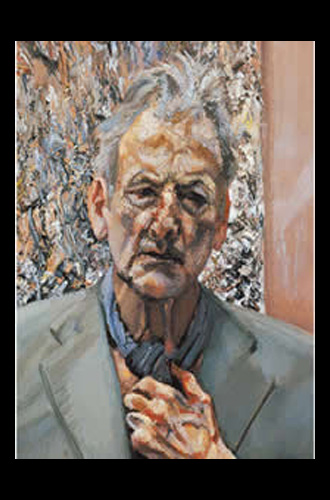
Grandson of Sigmund Freud, painter and draftsman Lucian Freud was born in Germany in 1922. Of Jewish heritage, he and his family fled the country in 1933 to avoid Nazi persecution and settled in London. Best known for his portraits in which the subject is meticulously studied, Freud’s paintings reveal a sitter’s unconscious mind by way of pose and facial expression.
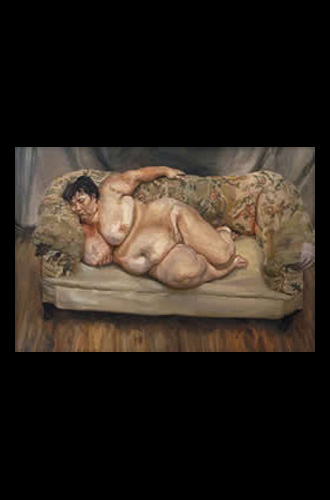
Freud studied at the Central School of Art and Goldsmiths College in London, as well as the East Anglian School of Painting and Drawing in Dedham. As exemplified by The Painter’s Room, his early style suggests experimentation with Surrealism. After serving in the British Navy in WWII, the artist began painting full time and his style evolved into a sharply linear technique.
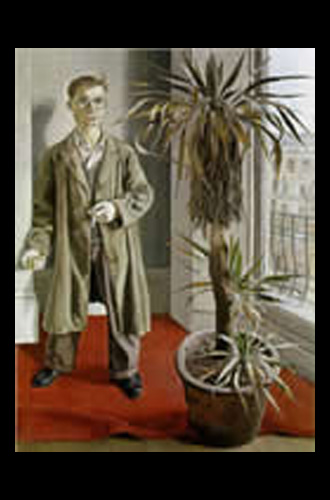
By the 1950s he started painting portraits almost exclusively and developed the style for which he is best remembered: muted tones of thick paint with large and deliberate brush strokes that create a three-dimensional or impasto quality. Such a heavy-handed use of paint allowed the artist to capture a wide variety of color and texture in the flesh of his figures. At the 1954 Venice Biennale Freud’s artistic reputation was established on an international level.
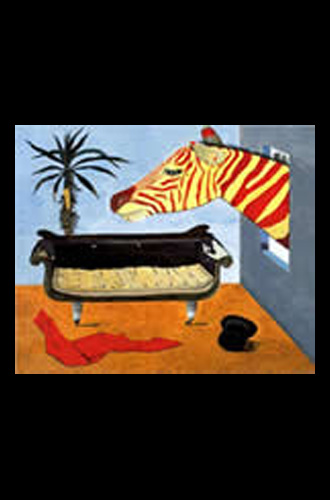
Together with the painter Francis Bacon, Freud was a founding member of “The School of London,” a name coined by the American artist Ronald Kitaj to describe painters who lived in London and specialized in figurative work. Although Freud traveled throughout his career—most notably to Paris, Greece, and Dublin—he spent most of his time in Paddington, London. The skyline of this neighborhood is found in many of his works and contrasts with the claustrophobic interior spaces.
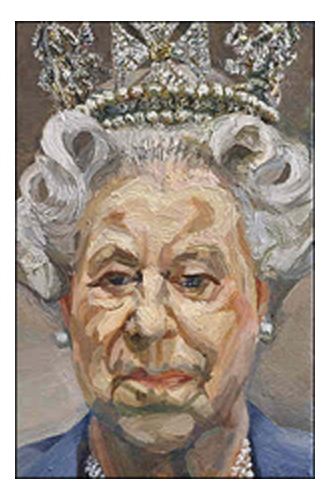
His painted interiors are often in disarray, with bare mattresses and various linens featuring prominently next to his figures. Given the amount of time required of his subjects—sometimes over 1,000 hours—Freud often painted friends and family, including his mother and daughters. His commitment to penetrating his subject’s mind and revealing their thoughts by way of portraiture was only possible through such a time commitment.
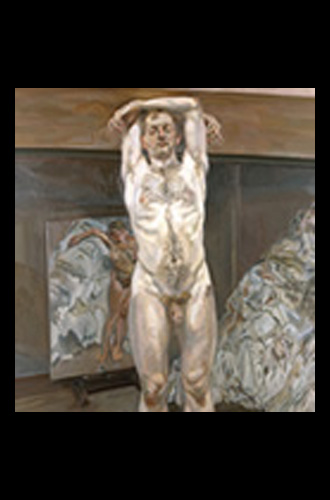
Several retrospectives of Freud’s work have been exhibited at various museums, including Abbot Hall Art Gallery in Kendal, the Tate Britain, the Scottish National Gallery of Modern Art, the Museo Correr in Venice, the Museum of Modern Art in New York, and the National Portrait Gallery in London. Two of his final works include a portrait of English supermodel Kate Moss and Queen Elizabeth II. In 2008 the sale of his Benefits Supervisor Sleeping, a nude portrait of Sue Tilley, set the world record for the sale of a living artist’s work at Christie’s in New York for $33.6 million.
